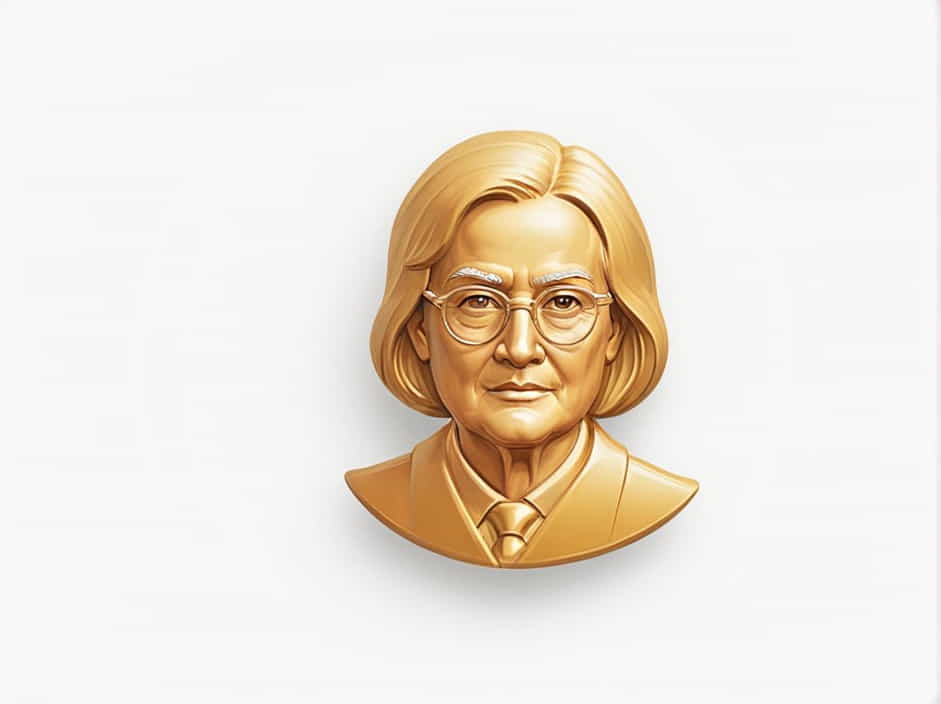The Rehnquist Court refers to the period in U.S. Supreme Court history when William H. Rehnquist served as Chief Justice from 1986 to 2005. This era was marked by significant changes in constitutional law, particularly in areas like federalism, individual rights, and the role of government.
This topic explores the key characteristics, landmark decisions, and lasting impact of the Rehnquist Court.
Overview of the Rehnquist Court
The Rehnquist Court was known for its conservative shift, emphasizing states’ rights, limiting federal power, and strengthening law enforcement.
✔ Led by Chief Justice William Rehnquist (1986-2005)
✔ Shifted the Court toward conservatism
✔ Emphasized states’ rights and federalism
✔ Limited the expansion of individual rights
While it maintained some precedents from earlier courts, the Rehnquist Court reshaped the legal landscape in areas like civil rights, criminal law, and government authority.
Key Characteristics of the Rehnquist Court
The Rehnquist Court was conservative, but it was not entirely predictable. Some decisions upheld liberal values, while others reinforced conservative ideologies.
1. A Conservative Shift in the Court
One of the most defining features of the Rehnquist Court was its conservative approach to legal interpretation.
✔ Favored states’ rights over federal power
✔ Strengthened law enforcement and limited defendants’ rights
✔ Restricted affirmative action and racial quotas
✔ Narrowed the scope of federal government intervention
However, the conservatism of the Rehnquist Court was not absolute. In some cases, it upheld key liberal rulings, particularly regarding abortion rights and LGBTQ+ protections.
2. Federalism and States’ Rights
The Rehnquist Court played a major role in reviving the principles of federalism, meaning it often ruled in favor of states’ rights and limited federal government power.
Some key cases in this area include:
✔ United States v. Lopez (1995) – Limited Congress’s power under the Commerce Clause, ruling that gun-free school zones were a state issue.
✔ Printz v. United States (1997) – Struck down a federal law requiring states to conduct background checks for gun buyers.
✔ Alden v. Maine (1999) – Expanded state immunity from lawsuits in federal courts.
These decisions marked a departure from the Warren and Burger Courts, which had significantly expanded federal power.
3. Criminal Law and Law Enforcement
The Rehnquist Court was known for its pro-law enforcement stance, limiting the rights of defendants and expanding police powers.
Key rulings include:
✔ Hudson v. Michigan (2006) – Weakened the exclusionary rule, allowing evidence obtained through illegal searches to be used in court.
✔ Atwater v. City of Lago Vista (2001) – Allowed police officers to arrest individuals for minor offenses.
✔ Dickerson v. United States (2000) – Surprisingly upheld Miranda rights, despite conservative opposition.
While the Rehnquist Court supported law enforcement, it occasionally upheld landmark civil rights decisions, showing a degree of unpredictability.
4. Civil Rights and Social Issues
Despite its conservative leanings, the Rehnquist Court did not completely overturn progressive rulings in areas like abortion rights, LGBTQ+ issues, and affirmative action.
✔ Planned Parenthood v. Casey (1992) – Reaffirmed Roe v. Wade but allowed more state restrictions on abortion.
✔ Romer v. Evans (1996) – Struck down a Colorado law that discriminated against LGBTQ+ individuals.
✔ Grutter v. Bollinger (2003) – Upheld affirmative action in university admissions.
These decisions indicate that while the Rehnquist Court leaned conservative, it was not entirely predictable on social issues.
5. Executive Power and the Presidency
The Rehnquist Court also played a crucial role in cases related to executive power, particularly during the presidency of George W. Bush.
✔ Clinton v. Jones (1997) – Ruled that a sitting president can be sued for actions taken before office, weakening presidential immunity.
✔ Bush v. Gore (2000) – Effectively decided the 2000 presidential election, halting the Florida recount and giving the presidency to George W. Bush.
The Bush v. Gore ruling remains one of the most controversial Supreme Court decisions in U.S. history, as it directly influenced the outcome of a presidential election.
Major Justices of the Rehnquist Court
The Rehnquist Court consisted of several influential justices, both conservative and liberal.
Conservative Justices:
✔ William Rehnquist (Chief Justice) – Strong advocate for states’ rights and conservative legal principles.
✔ Antonin Scalia – Promoted originalism, arguing that the Constitution should be interpreted as written.
✔ Clarence Thomas – Advocated for limited government and strict constitutional interpretation.
Moderate and Liberal Justices:
✔ Sandra Day O’Connor – Often acted as the swing vote, balancing conservative and liberal rulings.
✔ Ruth Bader Ginsburg – Strong advocate for gender equality and civil rights.
✔ Stephen Breyer – Promoted pragmatism and liberal legal theories.
These justices helped shape the legal landscape of the Rehnquist era, leading to a mix of conservative and moderate rulings.
Impact of the Rehnquist Court
The Rehnquist Court had a lasting impact on the U.S. legal system, particularly in areas like federalism, law enforcement, and presidential power.
✔ Limited federal government authority – Strengthened states’ rights through key decisions.
✔ Strengthened law enforcement – Gave police and prosecutors more power in criminal cases.
✔ Influenced presidential elections – Bush v. Gore remains a highly debated ruling.
Many of the precedents set by the Rehnquist Court continue to influence modern legal debates, especially in cases related to gun laws, affirmative action, and government power.
The Rehnquist Court (1986-2005) marked a conservative shift in the U.S. Supreme Court, emphasizing states’ rights, law enforcement, and limited federal power.
✔ Strengthened states’ rights through key rulings
✔ Expanded police powers while limiting defendant rights
✔ Made controversial decisions, including Bush v. Gore
✔ Balanced conservative ideology with some moderate rulings
While conservative in many areas, the Rehnquist Court did not completely overturn liberal precedents, maintaining a degree of judicial balance. Its influence remains strong in modern Supreme Court rulings, shaping legal interpretations in federalism, civil rights, and presidential power.
